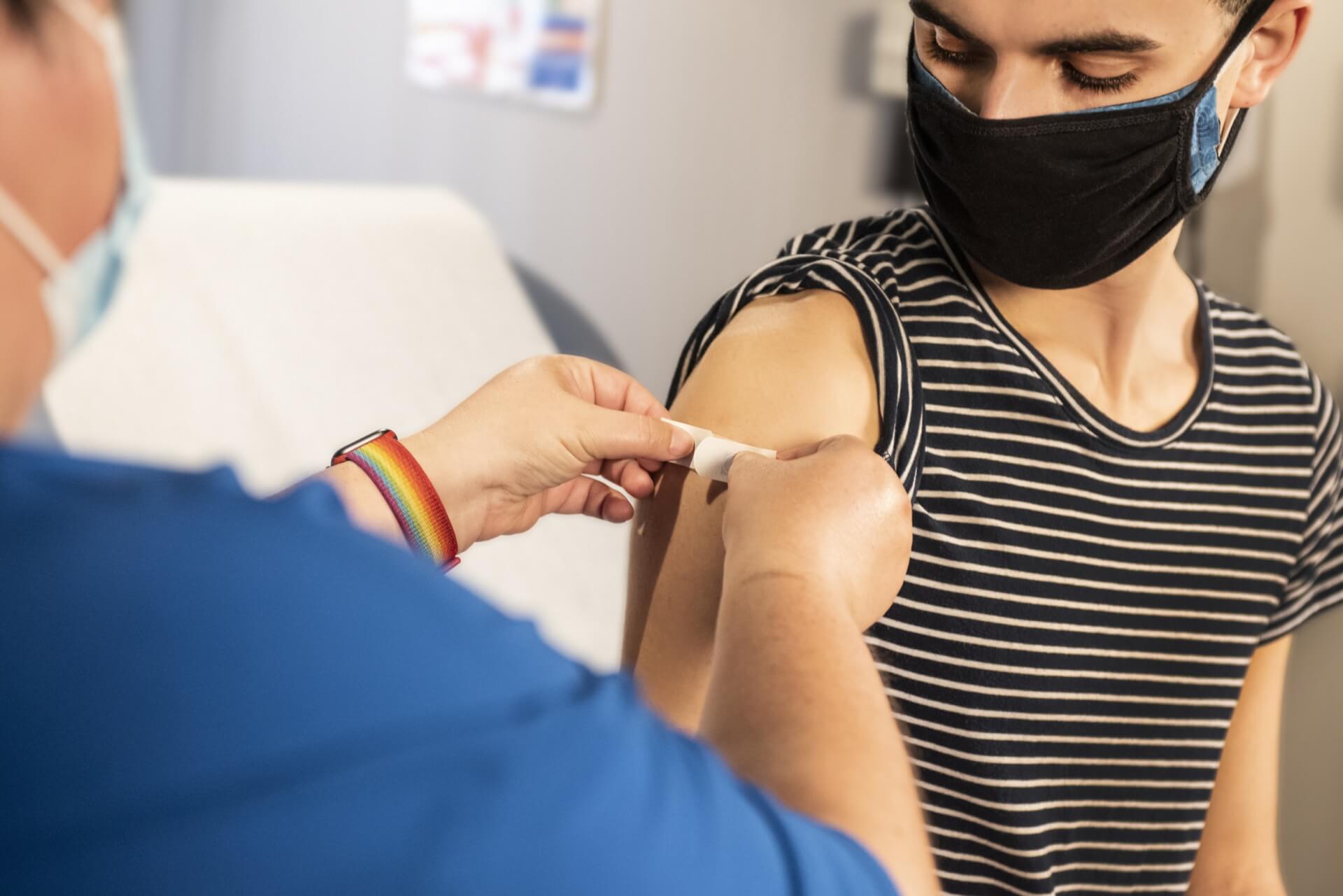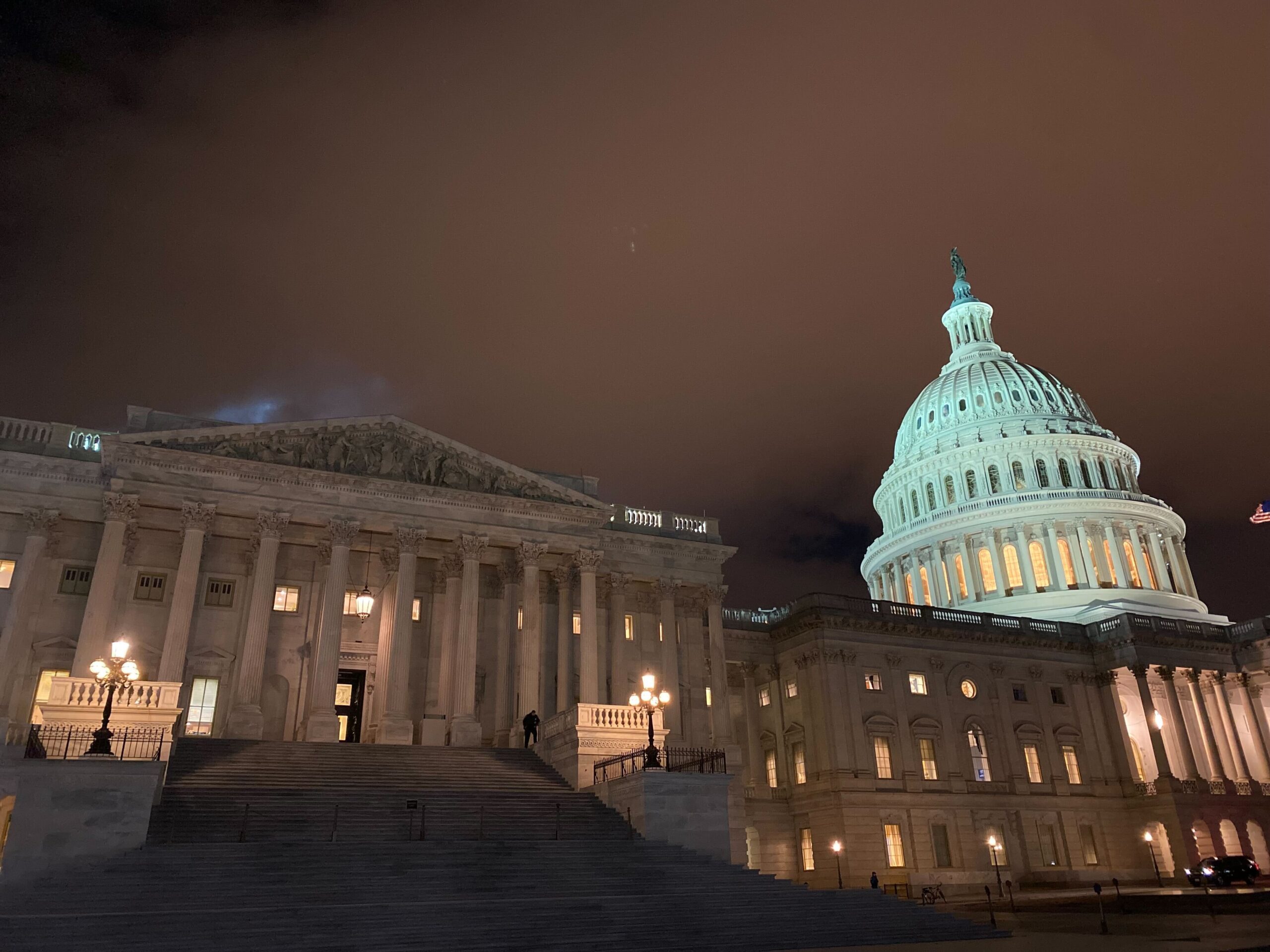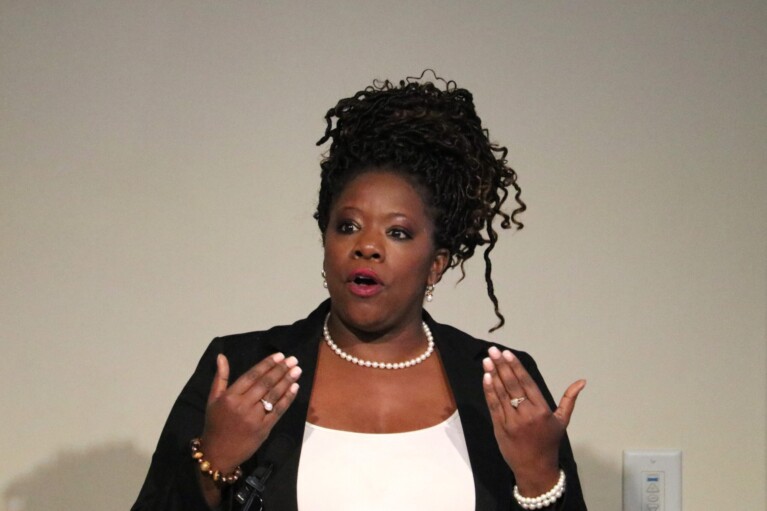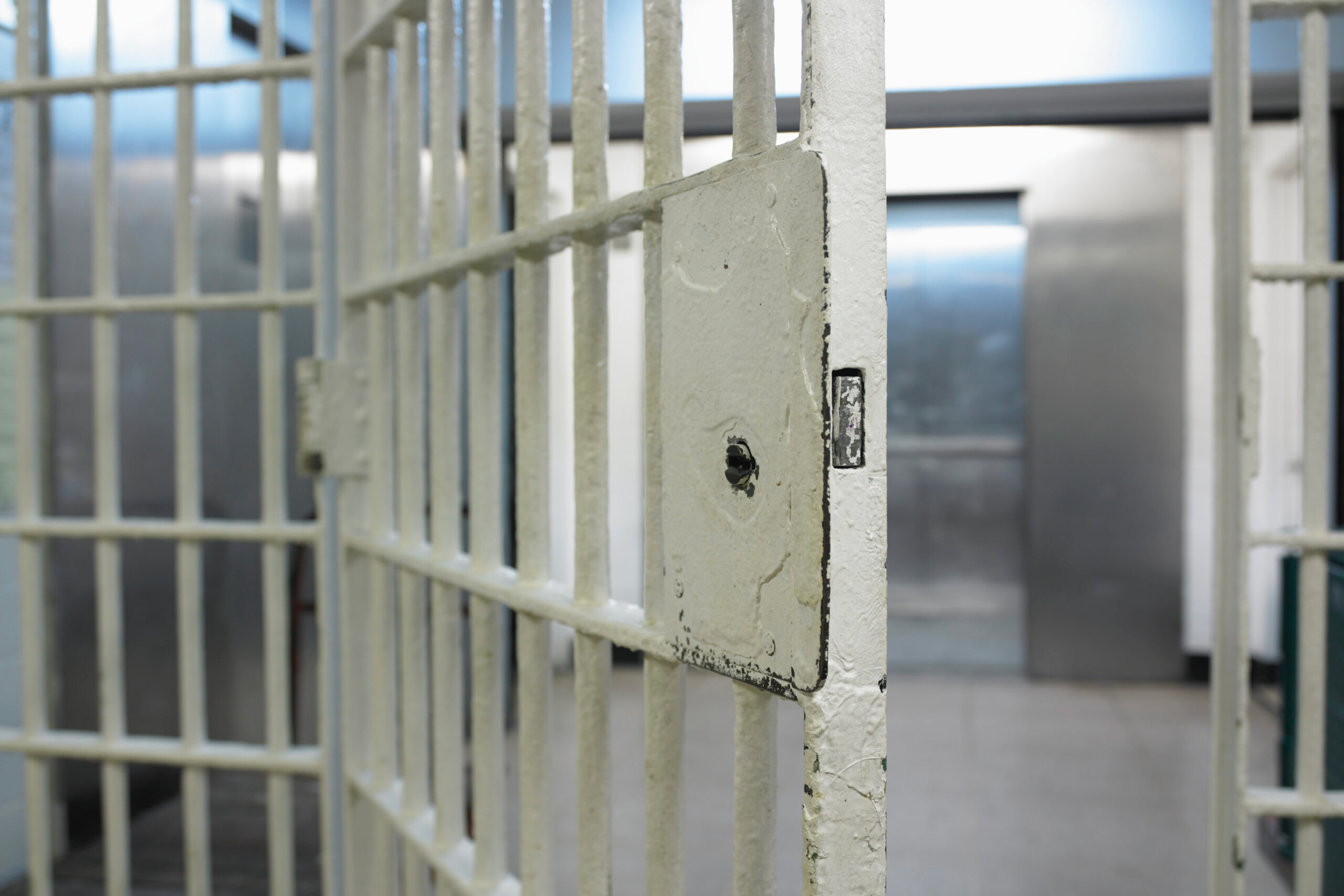Feds Tell States to Give COVID-19 Vaccine to Anyone 65 and Older; Hogan Pondering Md. Response

The Trump administration on Tuesday directed state officials to expand who is getting vaccinated for COVID-19, and announced that all available doses will be distributed to states instead of holding back a reserve of follow-up doses.
Gov. Lawrence J. Hogan Jr. (R) said he would wait to confer with fellow governors, officials from the incoming Biden administration, other federal leaders and vaccine manufacturers before deciding whether Maryland needed to update its distribution strategy.
Under the policy changes outlined by Trump’s Health and Human Services Secretary Alex Azar, states should begin vaccinating anyone 65 and older and those under 65 who have underlying health conditions that put them at increasing risk of severe COVID-19 symptoms.
States also are urged to expand the sites being used for vaccinations, and will see their allocation of doses change. The number of vaccine doses sent to states each week will no longer be based on population, but rather on the pace of vaccine administration and the number of residents 65 and older.
“Every vaccine dose that is sitting in a warehouse rather than going into an arm could mean one more life lost or one more hospital bed occupied,” Azar told reporters.
The shift in federal policy guidance comes amid frustrations over the slow rollout of vaccinations as case counts and deaths from COVID-19 hit new highs. Instead of the 20 million doses that Trump administration officials had estimated could be administered by the end of 2020, that tally was just over 3 million.
State officials also have expressed exasperation at changing figures on the amount of vaccines they will receive each week.
A group of Democratic governors last week called on federal officials to accelerate distribution of the available vaccines, so that the second dose of the two-shot regimen isn’t held back. President-elect Joe Biden had pledged to make that change as soon as he takes office next week.
Azar said Tuesday that the decision to release all available doses was made due to increased confidence that pharmaceutical manufacturers will be able to produce enough doses to keep up with demand.
At a State House news conference, Hogan said the state was “keeping pace” on its vaccines, but conceded that the demand far outweighs the supply.
“Our goal is to get as many people vaccinated as possible without running out, to make sure we can get people the second dose,” he said.
It’s not clear whether states have been expressly prohibited from seeking to purchase vaccine doses, but the federal government has been the sole purchaser and distributor in the U.S., through a Trump administration task force dubbed Operation Warp Speed.
That effort has distributed more than 25 million doses to states, according to HHS officials and tracking data compiled by Bloomberg News. Of that figure, just 9 million vaccine doses have been administered.
Asked about that gap and why some states have done better than others at getting doses administered, Azar said there has been “variable performance” across states. Some focused too much on vaccinating all of their health care workers and long-term care facilities residents — the first priority group for vaccines — before broadening eligibility.
Azar also blamed data issues for the gap in doses sent versus injected, saying some states have had issues with getting their information sent through the federal system. For vaccination programs, states typically have 30 days to report their data, but are instructed to report COVID-19 vaccine data within just 72 hours.
Instead of a centralized national vaccine plan, the Trump administration has left it up to states to determine which populations will be prioritized for vaccines and when to start vaccinating the next group of residents. That’s resulted in a range of approaches to getting vaccines into residents’ arms.
“We may have to make adjustments up and down based on what we get,” Hogan said. “…I’m never going to be satisfied until everyone gets one.”
Maryland Matters reporter Josh Kurtz contributed to this report.




 Creative Commons Attribution
Creative Commons Attribution